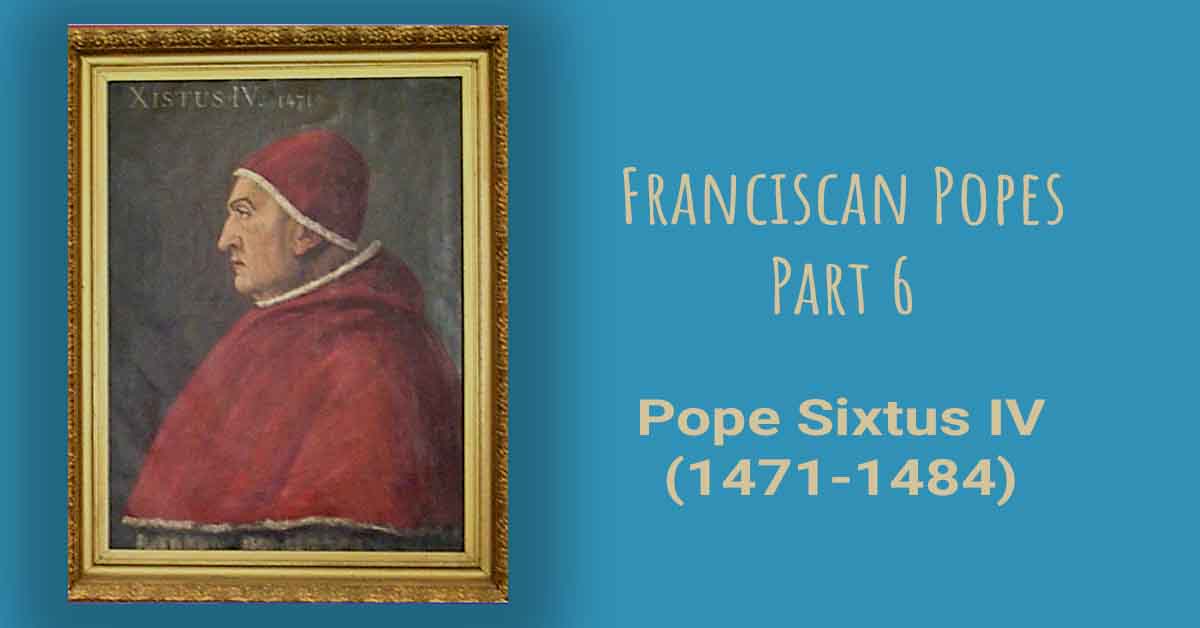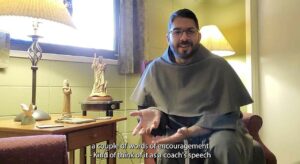Franciscan Popes - Part 6
(An excerpt from a presentation by friar Joseph Wood OFM Conv.
Read the introduction to this series
Read Part 2 of the the series: Pope Gregory XI?
Part 3: Pope Nicholas IV
Part 4: Pope Alexander V
Part 5: (pope) Nicholas V)
The illustrious Francesco della Rovere was educated by the Franciscans who inspired him to join the Order. After entering the community, he taught at several Italian universities where he gained a wide reputation for brilliance in theology, philosophy, and preaching.
In 1464 his prominence grew when he was elected Minister General. Seven years later he was chosen to lead the Church as Pope Sixtus IV. Unfortunately, Sixtus is often remembered for his reputation of nepotism – not uncommon in the period – but the preoccupation clouded his admirable energy with too many favors offered to unworthy nephews and other relations.
Some items: Because of his political maneuvering, he entered into a fruitless and inglorious war with Florence and the Medici family. He incited the Venetians to attack Ferrara, and then after having been delivered from an invasion by Naples on his southern front, he changed allegiances and assailed the Venetians for refusing to desist from the hostilities which he himself had instigated.
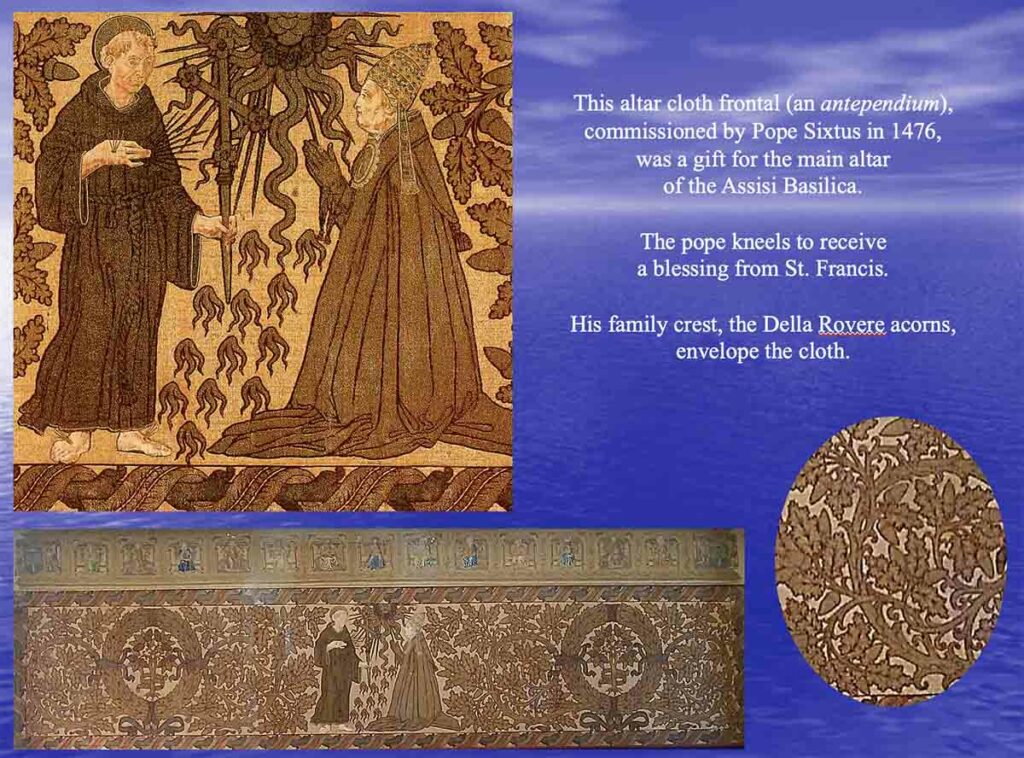
Otherwise many events of his pontificate are noteworthy: He introduced the feast of the Immaculate Conception and the feast of St. Joseph as the Husband of Mary. He also issued the first papal pronouncement encouraging the rosary as an invaluable instrument of personal and societal conversion. He endeavored to suppress abuses in the Spanish Inquisition, and he began the reform of the Julian Calendar with the mathematician, Johannes Mueller (aka Regiomontanus, +1476). A later successor, Gregory XIII, completed this work which is now known as the “Gregorian Calendar.”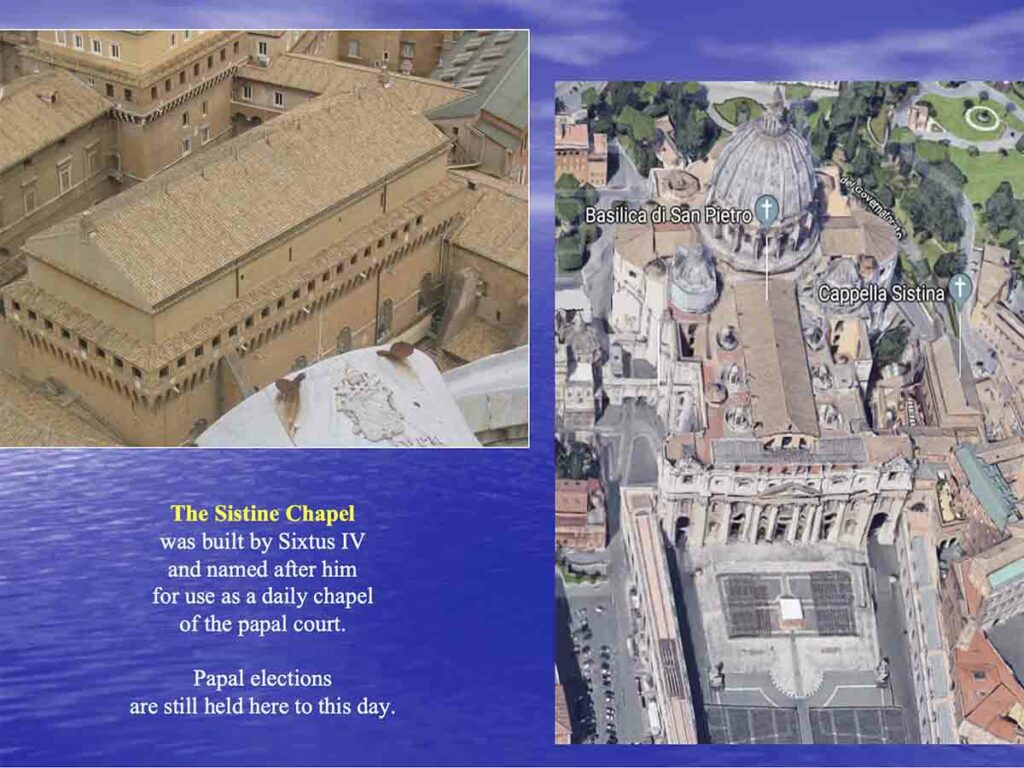
As the temporal ruler of Rome, he began rebuilding the neglected city on a large scale (for this he became known as the Urbis Restaurator). It is said he not only created a grander city but also a healthier one, widening and paving streets, creating open air piazzas, and improving sanitation everywhere, even sanctioning a college of medicine. At the Vatican he built the Sistine Chapel (named after him) and instituted the famous Sistine Choir. He commissioned paintings on the largest scale, and he pensioned men of learning. On the Capitoline Hill he established the first library that was open to the public. He also enlarged the Vatican Library and invited scholars from all over Europe to use the facility for their research. Sixtus continued his predecessor’s negotiations with Czar Ivan III for the reunion of the Russian Church with the Roman See and for support against the Turks, but without result. He was visited in 1474 by King Christian of Denmark and Norway, and in the following year he established the University of Copenhagen.
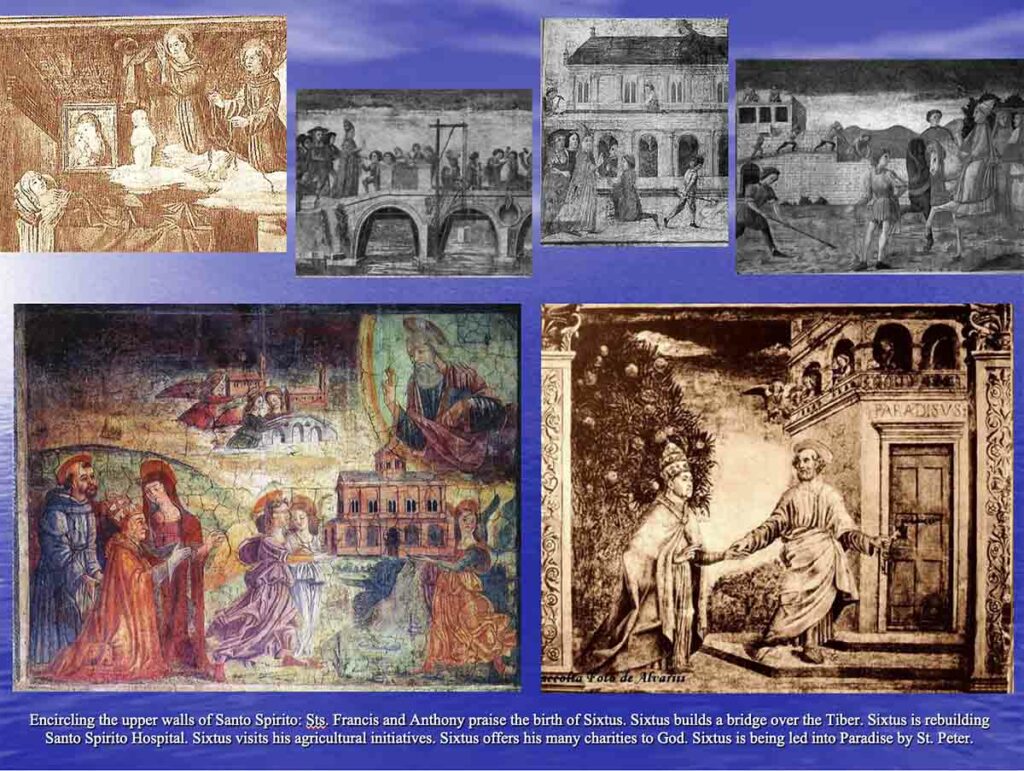
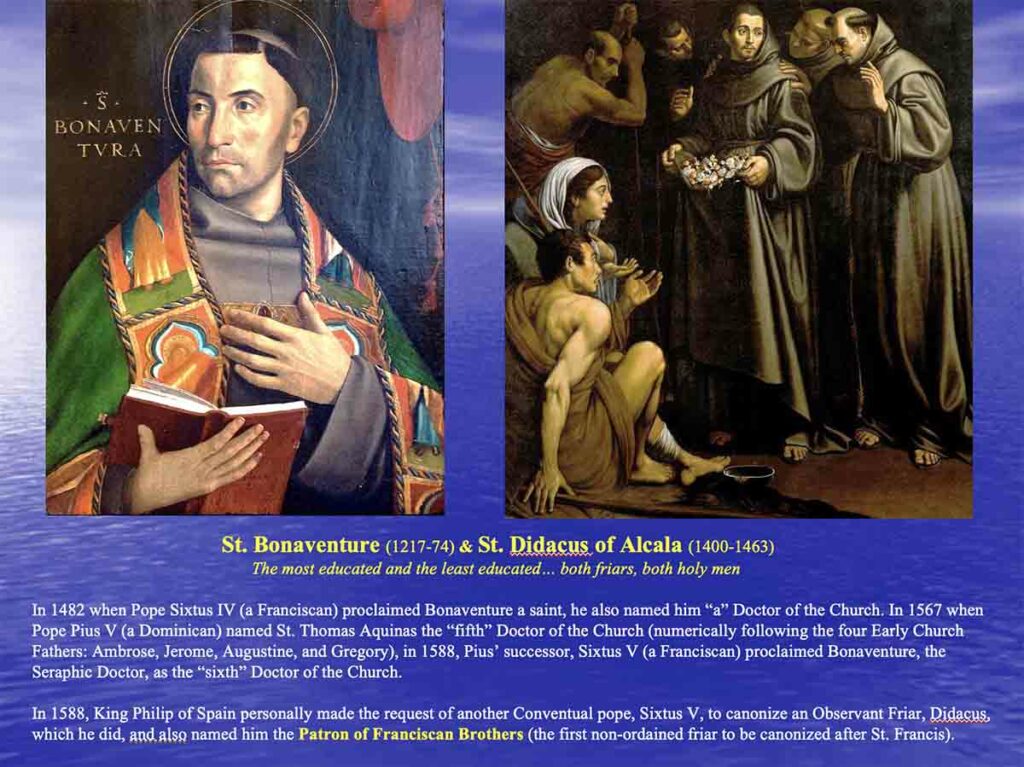
Next in the series is Pope Julius II.

